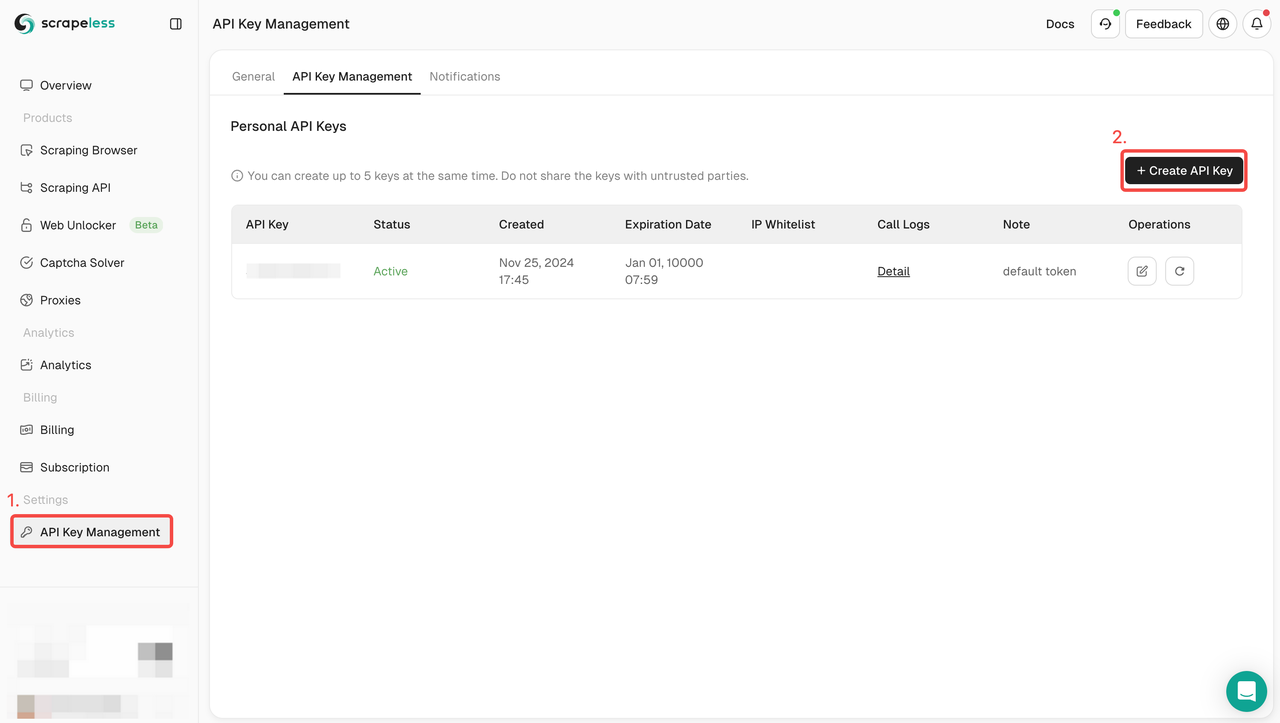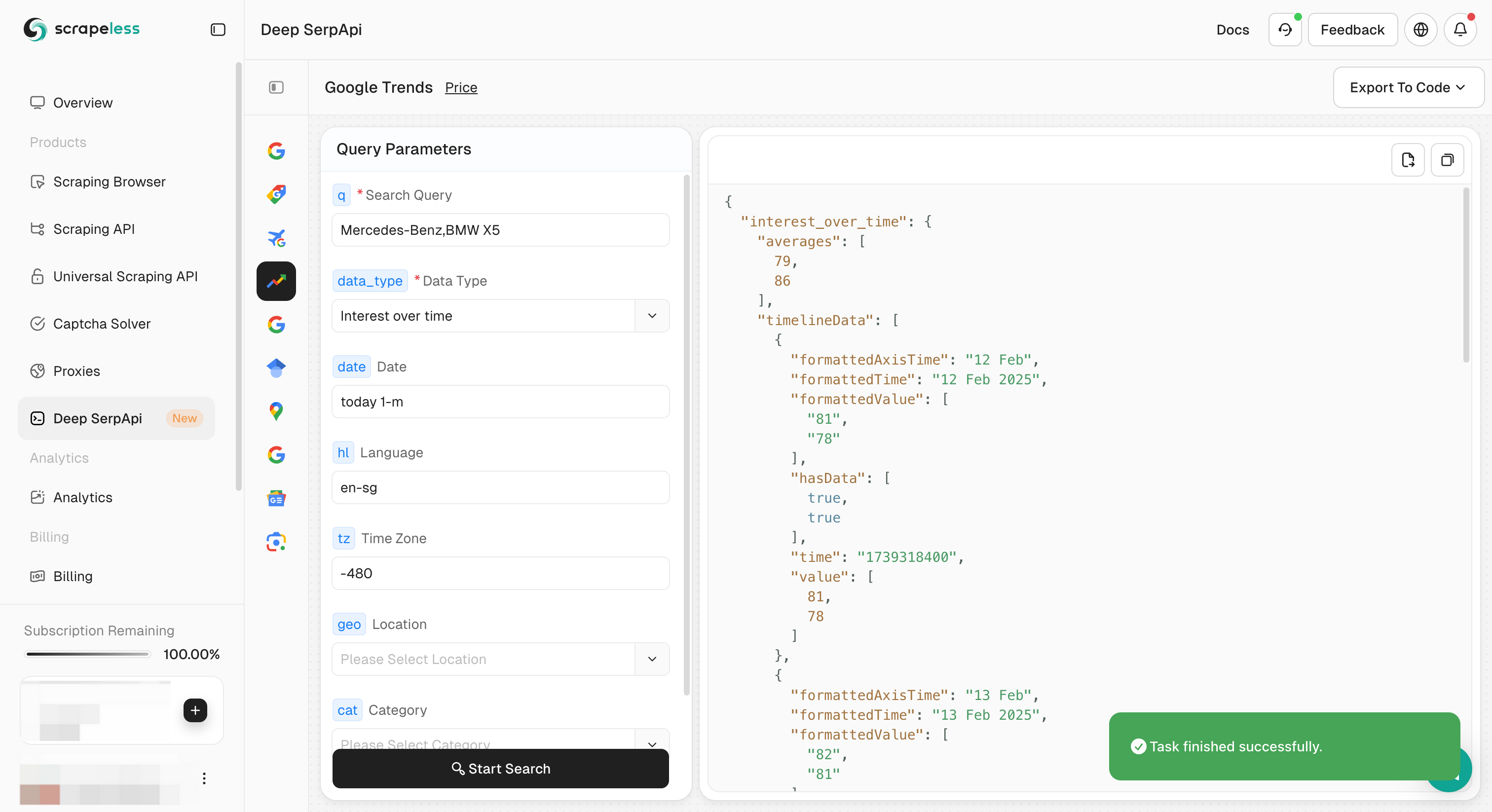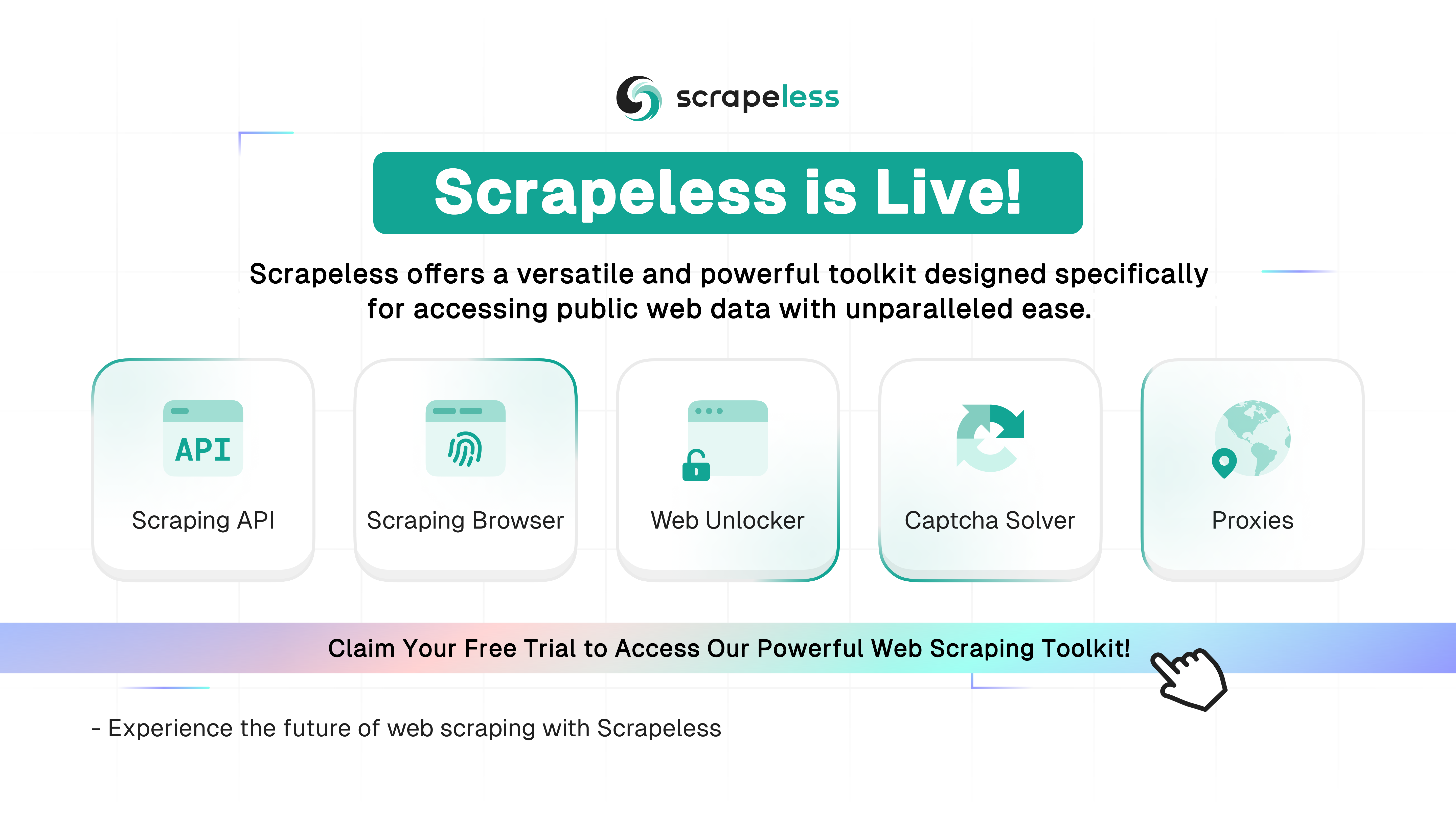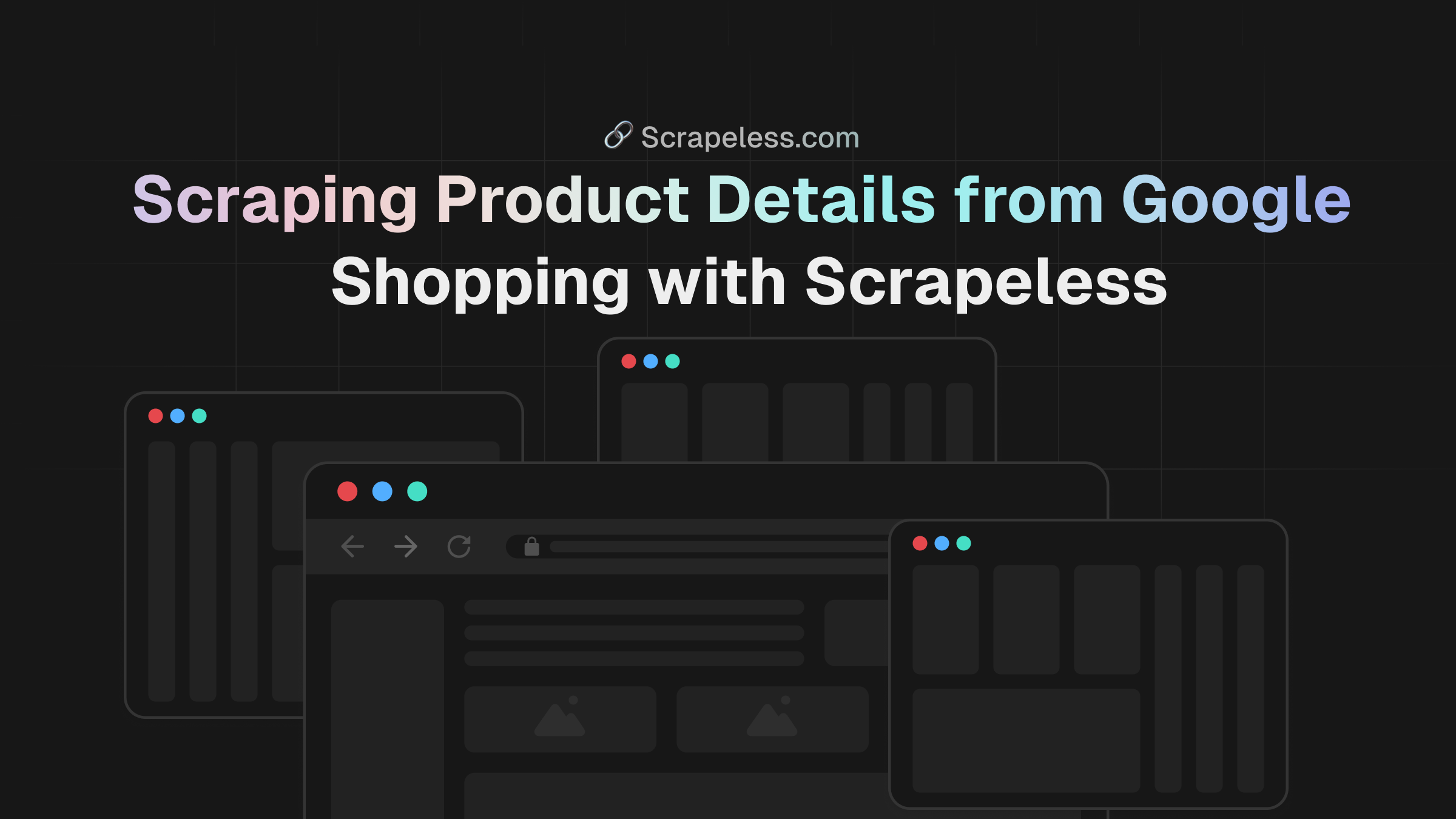Is It legal to scrape Google Trends?
Specialist in Anti-Bot Strategies
The legality of scraping Google Trends is a topic that often arises in discussions about web data extraction. While web scraping itself is not inherently illegal, the context in which it is done and the type of data being scraped can determine its legality. In the case of Google Trends, the situation is nuanced and depends on several factors.
Is Scraping Google Trends Legal?
Yes, scraping publicly available data from Google Trends is generally legal, provided it is done responsibly and within certain boundaries. Publicly available web data, such as aggregated search trends, is not protected by copyright or data privacy laws like the General Data Protection Regulation (GDPR) or the California Consumer Privacy Act (CCPA). However, scraping personally identifiable information (PII) is illegal under these regulations.
Google Trends provides valuable aggregated search data that can be used for market research, analysis, and other purposes. However, their Terms of Service explicitly prohibit unauthorized scraping or bulk downloading of their data. This means that while scraping Google Trends data is not inherently illegal, it may violate their terms if done without permission or in a way that harms their services.
When Can You Collect Google Trends Data?
Here are some key factors to consider when deciding whether to scrape Google Trends data:
1. Non-Commercial Personal Use
Scraping small amounts of data from Google Trends for personal, non-commercial purposes, such as research projects or personal analysis, is generally acceptable. Google's terms allow for such use, provided it is not excessive or harmful to their services. However, selling or redistributing the scraped data is not permitted.
2. Commercial Use
If you intend to use Google Trends data for commercial purposes, such as creating business intelligence reports or developing tools for sale, you must obtain explicit permission from Google. Google offers paid APIs and partnership programs for those who need access to their data for commercial use. Unauthorized scraping for commercial purposes is a violation of their terms and could lead to legal consequences.
3. Research and Journalism Exceptions
Academic research and journalism often fall under exceptions to scraping restrictions. Under fair use laws, scraping a reasonable amount of data for university research, news reporting, or non-profit research is generally acceptable. However, it is important to credit Google Trends as the source and provide links to the original data whenever possible.
4. Scraping Methods and Volume
The method and volume of data scraping are critical factors. Using automated tools or scripts to systematically scrape large amounts of data is more likely to raise concerns than manually capturing a few charts or datasets. Overloading Google's servers with excessive requests can lead to your IP being blocked or legal action being taken. Always ensure that your scraping activities are respectful and do not harm the website's functionality.
Best Practices for Scraping Google Trends
To stay on the right side of the law and Google's terms, follow these best practices:
- Respect Rate Limits: Avoid sending too many requests in a short period. Use rate-limiting techniques to ensure your scraping activities do not overwhelm Google's servers.
- Credit the Source: Always acknowledge Google Trends as the source of your data, especially in academic or journalistic work.
- Avoid Commercial Use Without Permission: If you plan to use the data for commercial purposes, seek permission or use Google's official APIs.
- Stay Within Legal Boundaries: Do not scrape personally identifiable information or any data protected by privacy laws.
Scrapeless strictly abides by Google's data acquisition laws and ensures that public information is crawled and used within the legal scope.
Scrapeless supports 20+ Google SERP scraping scenarios.
Get your free trial now!
How to Scrape Google Trends?
With the advanced Scraping API, you can easily access and scrape Google Trends data without writing or maintaining complex scraping scripts. Simply call the API we provide to quickly get all the information you need.
Let's see the detailed steps:
Step 1. Obtain Your API Key
To get started, you’ll need to obtain your API Key from the Scrapeless Dashboard:
- Log in to the Scrapeless Dashboard.
- Navigate to API Key Management.
- Click Create to generate your unique API Key.

Step 2. Go to the Scrapeless Playground.
Step 3. Find the Google Trends actor and click.
Step 4. Configure the needed parameters.
Step 5. Click the Start Search and get the results.

Conclusion
Scraping Google Trends data is legal as long as it is done responsibly, for legitimate purposes, and in compliance with Google's terms of service. For personal, non-commercial use or academic research, scraping small amounts of data is generally acceptable.
However, for commercial use, it is essential to obtain proper authorization through Google's paid APIs or partnerships. Always ensure that your scraping activities are respectful, ethical, and do not harm the website or its services. By following these guidelines, you can leverage Google Trends data effectively while staying within legal and ethical boundaries.
At Scrapeless, we only access publicly available data while strictly complying with applicable laws, regulations, and website privacy policies. The content in this blog is for demonstration purposes only and does not involve any illegal or infringing activities. We make no guarantees and disclaim all liability for the use of information from this blog or third-party links. Before engaging in any scraping activities, consult your legal advisor and review the target website's terms of service or obtain the necessary permissions.



